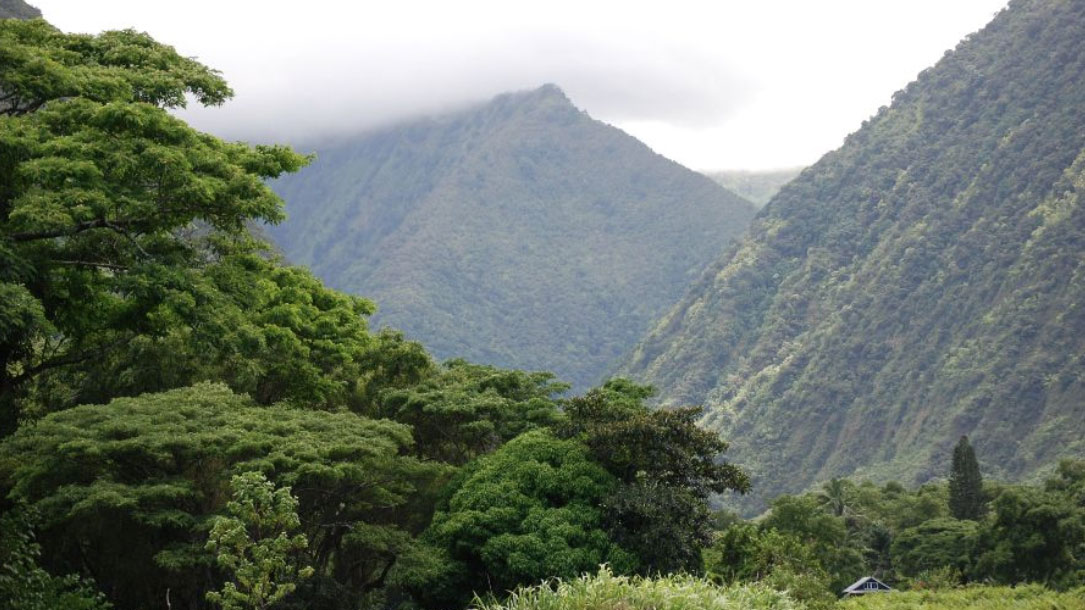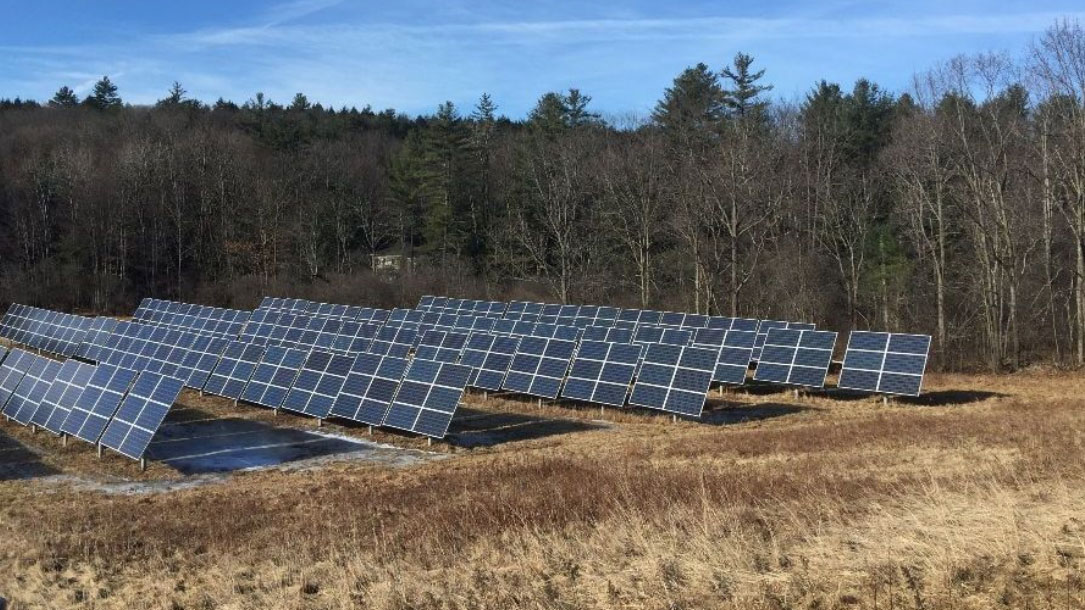Home >

Decreases in global beer supply due to extreme drought and heat
“Beer is the most popular alcoholic beverage in the world by volume consumed, and yields of its main ingredient, barley, decline sharply in periods of extreme drought and heat. Although the frequency and severity of drought and heat extremes increase substantially in range of future climate scenarios by five Earth System Models, the vulnerability of beer supply to such extremes has never been assessed. We couple a process-based crop model (decision support system for agrotechnology transfer) and a global economic model (Global Trade Analysis Project model) to evaluate the effects of concurrent drought and heat extremes projected under a range of future climate scenarios. We find that these extreme events may cause substantial decreases in barley yields worldwide…”

Don’t save the planet for the planet. Do it for beer.
Your climate communications don’t always have to be serious to make an impression. You want to find shared values that connect with your audience. Take this story, for example, that starts off with this:
“Worst case? If people don’t stop burning so much carbon-based fossil fuel and emitting greenhouse gases, world beer consumption could drop by 16 percent, and the price of a beer worldwide could double…
Climate change stands to alter the way humans farm every plant we eat and every plant we feed to the animals we eat. If you’re sure you’re gonna want another beer? Now’s a good time to think about saving the world…”

World’s biggest terrestrial carbon sinks are found in young forests
More than half of the carbon sink in the world’s forests is in areas where the trees are relatively young—under 140 years old—rather than in tropical rainforests, research at the University of Birmingham shows.
Dr. Tom Pugh, of the Birmingham Institute of Forest Research (BIFoR), explained: “It’s important to get a clear sense of where and why this carbon uptake is happening, because this helps us to make targeted and informed decisions about forest management…”

These climate pollutants don’t last long, but they’re wreaking havoc on the Arctic
“When people talk about climate change, the focus is often on carbon dioxide, and for good reason. The CO2 pumped into the atmosphere by burning fossil fuels today will hang around for centuries, building up over time and continuing to warm the planet.
It isn’t the only culprit, though. Mixing in are other pollutants that only stick around for a few weeks or years but pack a powerful punch while they’re there. And the Arctic, where the average temperature is rising twice as fast as the rest of the world, has become the unfortunate laboratory where researchers can best measure their impact…”

Arctic bogs hold another global warming risk that could spiral out of control
Increasing spring rains in the Arctic could double the increase in methane emissions from the region by hastening the rate of thawing in permafrost, new research suggests.
The findings are cause for concern because spring rains are anticipated to occur more frequently as the region warms. The release of methane, a short-lived climate pollutant more potent than carbon dioxide over the short term, could induce further warming in a vicious cycle that would be difficult if not impossible to stop…

5 facts about U.S. evangelical Protestants
“The Rev. Billy Graham, who recently died at age 99, was one of the most influential and important evangelical Christian leaders of the 20th century. From humble beginnings in rural North Carolina, Graham went on to become a world famous evangelist who drew huge crowds while, at the same time, developing close relationships with several U.S. presidents.
Graham is probably best known for the nearly six decades he spent traveling the world, preaching and evangelizing to millions in his stadium crusades. Graham also cofounded Christianity Today magazine, which remains an important chronicle of evangelical life and culture. Finally, Graham will be remembered as the “pastor to presidents;” he befriended and advised presidents from both parties, including Dwight Eisenhower, Lyndon Johnson, Richard Nixon and Bill Clinton…”

Generation climate: Can young Evangelicals change the climate debate?
Evangelical Protestants—one in four American adults—are a political powerhouse. They are the single largest religious group in the nation, and they are nearly twice as likely to be Republican as Democrat. And while Baby Boomers are currently the strongest political voting bloc, that’s only because the older you are, the more likely you are to vote.
From Colorado Springs, Colorado, Chelsey, 20, always loved nature…

Why the polarization in U.S. on climate change?
You’re right that understanding the various roots that have led to our societal polarization over the issue of climate change—and seeing how those roots interrelate to each other—is critical to efforts to reduce that polarization.
The fact that tremendous polarization exists in America and beyond comes as no surprise. The differing viewpoints contributing to emotional reactions to climate change and perceptions of the issue are part and parcel of America’s divisiveness.
A veteran of physical and social sciences explains the underlying causes of ‘polarization,’ a lead-in to his Part II post exploring ways to deal with it….

Fourth National Climate Assessment: Chapter 21: The Midwest
“The Midwest is a major producer of a wide range of food and animal feed for national consumption and international trade. Increases in warm-season absolute humidity and precipitation have eroded soils, created favorable conditions for pests and pathogens, and degraded the quality of stored grain. Projected changes in precipitation, coupled with rising extreme temperatures before mid-century, will reduce Midwest agricultural productivity to levels of the 1980s without major technological advances…”

The next money crop for farmers: Solar panels
“There’s enough energy produced to run the whole complex,” said DeBaillie, 50, who farms 6,500 acres with his brother and cousin. They typically grow corn and soybeans each spring, but this year they want to put more solar panels on 15 acres—and sell the energy.
The earnings, he said, would be about three times what an average harvest would yield there.
According to the federal government’s Fourth National Climate Assessment, released in November, more extreme high temperatures plus increased humidity and precipitation could mean more pests and pathogens on farms throughout the Midwest in the coming decades. Productivity could drop to levels not seen since the 1980s, the report warned…












